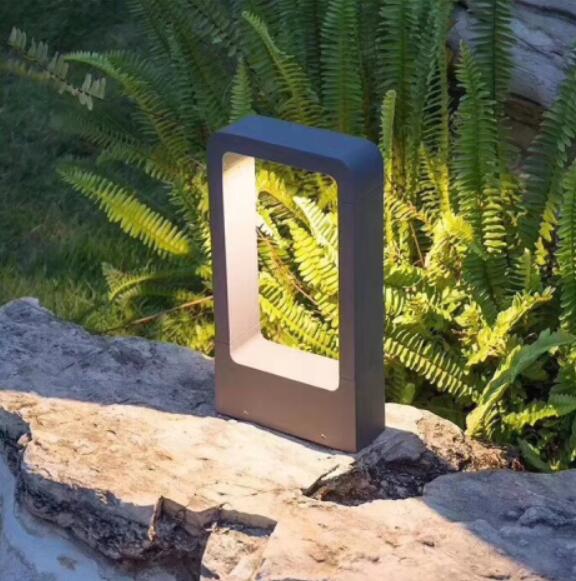What are the factors that affect the attenuation of photovoltaic modules? Below, Gansu Solar Street Lamp Manufacturer - Gansu Green Source Energy saving Lighting will answer your questions
① Optical transmission changes:
Because the front cover glass of photovoltaic modules is coated glass, which has an anti reflective effect, if the thin film layer of the front cover glass is broken, the optical path of the photovoltaic module will change, and the power of the module will decrease. If the packaging material (EVA or POE) ages, the packaged material will undergo yellowing under long-term ultraviolet light, resulting in a decrease in transparency and a decrease in component power. Of course, changes in the refractive index of glass, packaging materials, battery cells, and the thickness of the thin films involved in the components can also cause changes in the optical path, resulting in a decrease in the power of the components
② Changes in electrical transmission
The change in the electrical transmission path can lead to an increase in the resistance of the component, an increase in resistance, an increase in heat generation, and a decrease in the electrical energy output at the output point, resulting in component attenuation. A typical example is the "snail pattern". The diffusion of molecules between substances is eternal, albeit at different speeds. Water vapor exists in the atmosphere and over time, it will pour into EVA or POE through glass or backplates. If it is EVA, the water vapor will react with EVA to produce acid, which in turn will interact with the interconnection strips and battery grid lines, causing an increase in component resistance and a decrease in component power.
③ The electronic structure of the battery has changed
In omponent packaging materials, due to cost constraints, glass with sodium calcium silicon components is generally used. Sodium ions, potassium ions, and iron ions are inevitably present in glass. Under conventional conditions, these ions do not undergo directed migration. But when the components are connected in series, the photovoltaic string will form a larger voltage, such as in a 1000V string system, which will form a voltage difference between the positive and negative poles. The existence of voltage difference is a floating voltage to ground. When the photovoltaic system is grounded, especially when the module frame is grounded, a directional electric field will be formed on the battery chip and module frame. The presence of a directional electric field can lead to the directional migration of ions. The directional migration of metal ions, such as Na ions, will migrate to the surface of the battery cell, causing a change in the passivation effect of the battery cell. Some of the effects can be repaired by adding a reverse electric field. More seriously, deep level impurities such as Fe ions invade the battery cells, leading to an increase in the severity of electronic recombination and a decrease in the efficiency of irreparable components.
